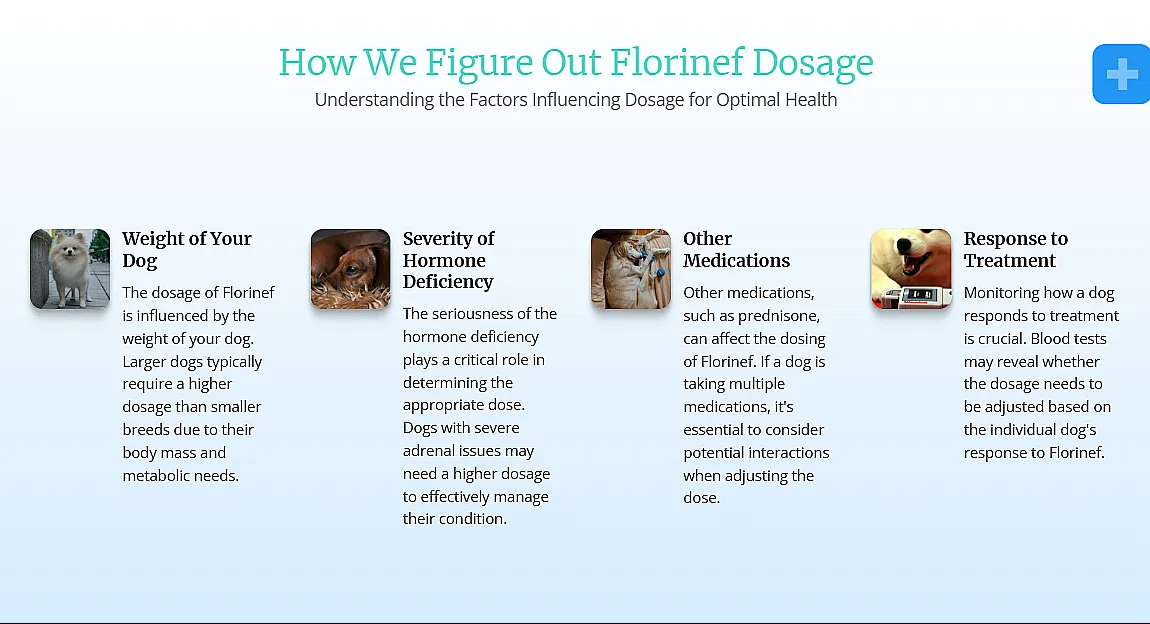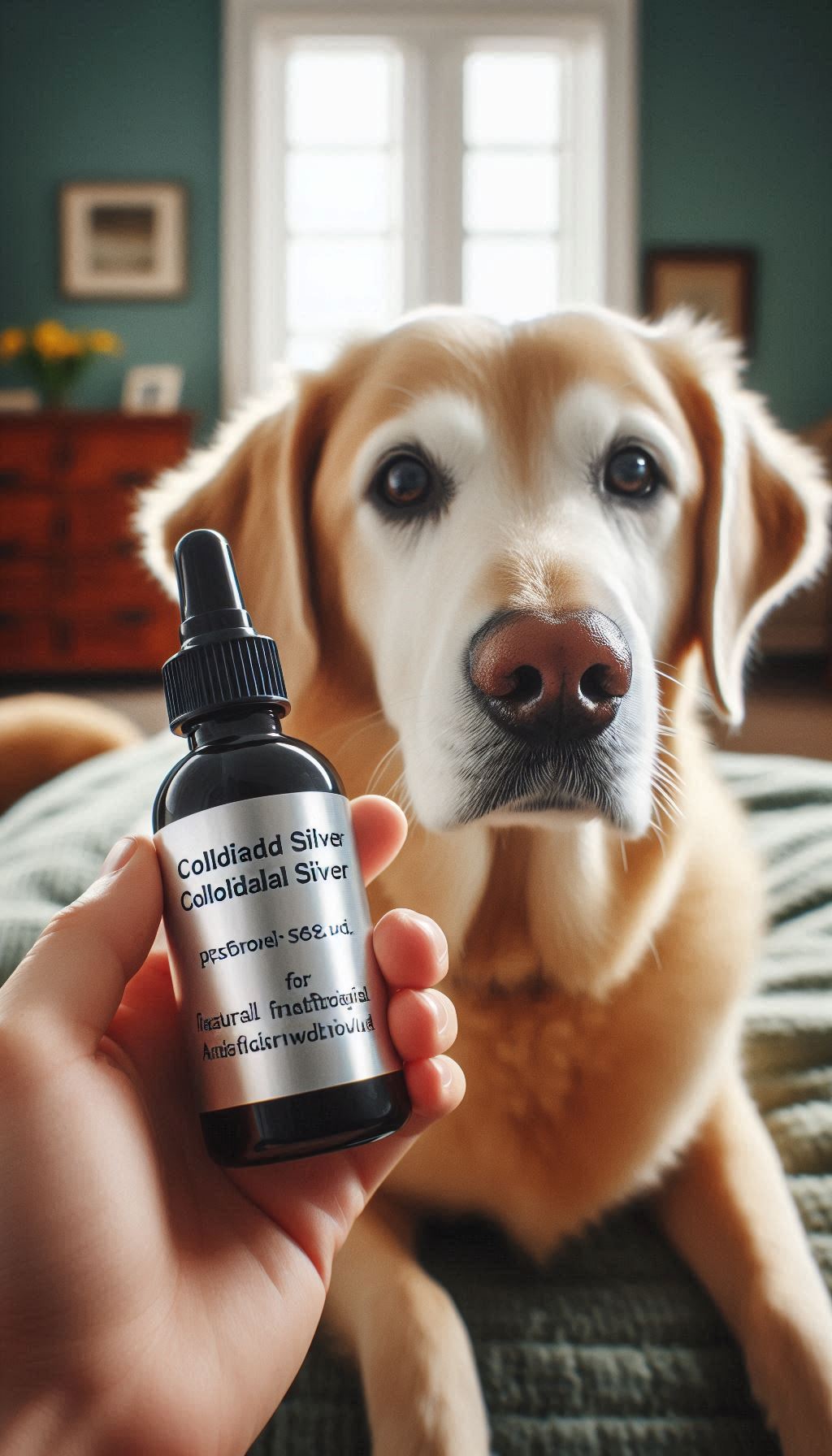Many dog owners may have experienced an odd behavior where their pet seems to be trying to suffocate them. This behavior can range from lying on top of their owners during sleep to becoming overly clingy and demanding of attention. While this may sometimes seem endearing or simply a call for affection, it could also be an indication of underlying issues that need to be addressed.
Understanding the behavior of dogs trying to suffocate their owners
– Dogs may exhibit this behavior as a way of seeking out attention and affection from their owners.- Anxiety and separation issues can cause a dog to want to stay extremely close to their human counterparts, sometimes resulting in a suffocating manner.- A lack of proper training and boundaries may also lead to a dog not understanding appropriate behavior.- Lastly, there could be underlying health issues causing the dog discomfort or distress, leading them to seek comfort from their owners.
The importance of addressing this behavior for a healthier bond
– It’s essential to understand why a dog is displaying this behavior in order to tailor the response effectively.- By recognizing the need for more attention, or identifying health or anxiety issues, owners can provide the proper care or training.- Establishing rules and boundaries with consistency and fairness will help mitigate any behavioral problems, including suffocation behaviors.- Discipline aids in preventing the behavior from becoming a detrimental aspect of the relationship between the owner and the dog, allowing for a happier and healthier bond overall.
Factors Behind the Behavior
Seeking attention and affection as a reason for suffocation
– Dogs may exhibit the behavior of trying to suffocate their owners as a way of seeking attention and affection. They crave close physical contact and may feel a deep need to be close to their owners at all times. Suffocating behavior can be their way of expressing their desire for love and connection.
Anxiety and separation issues contributing to suffocation behavior
– Dogs with anxiety or separation issues may display suffocation behavior as a coping mechanism. They may feel stressed and anxious when their owners are not around, so they attempt to stay as close as possible to them to alleviate their anxiety. The physical closeness helps them feel secure and comforted.
- A lack of proper training and boundaries can also contribute to suffocation behavior in dogs. Without clear rules and boundaries, dogs may not understand what is considered appropriate behavior. They may then resort to suffocating behaviors as a way of seeking attention or asserting dominance.
- Lastly, there could be underlying health issues causing the dog discomfort or distress, leading them to seek comfort from their owners. Dogs may lean or lie on their owners as a way of alleviating discomfort and finding relief.
It is important for dog owners to address this behavior to maintain a healthy bond with their pets. Understanding the reasons behind the suffocation behavior can help owners respond effectively. By providing the right attention, training, and care, owners can prevent suffocation behaviors from becoming detrimental to the relationship. Establishing consistent rules and boundaries is crucial in preventing such behaviors and fostering a happier and healthier bond overall.
Lack of Training and Boundaries
How the absence of proper training can lead to suffocation behavior
- Dogs require proper training to understand what is considered appropriate behavior. Without clear rules and boundaries, they may resort to suffocating behaviors as a way of seeking attention or asserting dominance.
- Lack of training can lead to confusion about acceptable behavior, causing dogs to engage in suffocation as a means of seeking attention and affection.
The significance of setting boundaries for dogs to prevent suffocation
- Establishing clear boundaries is crucial in preventing suffocation behavior in dogs. By defining what is acceptable and what is not, owners can teach their dogs appropriate ways to seek attention and affection.
- Setting boundaries helps dogs understand their place in the human-canine relationship and promotes a healthier bond between owner and pet.
- Clear direction and consistent enforcement of boundaries can help dogs comprehend what is considered appropriate conduct, reducing the likelihood of suffocation behavior.
By addressing the lack of training and setting up clear boundaries, owners can shape their dog’s behavior and prevent unwanted actions such as suffocation. Understanding the importance of training and boundaries is essential for maintaining a harmonious and safe relationship between owners and their beloved dogs.
Lack of Training and Boundaries
How the absence of proper training can lead to suffocation behavior
- Dogs require proper training to understand what is considered appropriate behavior. Without clear rules and boundaries, they may resort to suffocating behaviors as a way of seeking attention or asserting dominance.
- Lack of training can lead to confusion about acceptable behavior, causing dogs to engage in suffocation as a means of seeking attention and affection.
The significance of setting boundaries for dogs to prevent suffocation
- Establishing clear boundaries is crucial in preventing suffocation behavior in dogs. By defining what is acceptable and what is not, owners can teach their dogs appropriate ways to seek attention and affection.
- Setting boundaries helps dogs understand their place in the human-canine relationship and promotes a healthier bond between owner and pet.
- Clear direction and consistent enforcement of boundaries can help dogs comprehend what is considered appropriate conduct, reducing the likelihood of suffocation behavior.
By addressing the lack of training and setting up clear boundaries, owners can shape their dog’s behavior and prevent unwanted actions such as suffocation. Understanding the importance of training and boundaries is essential for maintaining a harmonious and safe relationship between owners and their beloved dogs.
Underlying Health Issues
Exploring possible health issues that may cause suffocation behavior
Suffocation behavior in dogs can sometimes be a sign of underlying health issues. Some possible reasons include:

The importance of consulting a veterinarian for a thorough examination
If suffocation behavior is observed in a dog, it is crucial to consult a veterinarian for a thorough examination. A veterinarian can conduct various tests and assessments to determine the underlying cause and recommend appropriate treatment.
It is important not to ignore or dismiss suffocation behavior, as it could be indicative of a serious health issue that requires medical attention. Early detection and intervention can greatly improve the dog’s quality of life and prevent further complications.
Addressing Suffocation Behavior in Dogs
Seeking Professional Advice
– Consulting a dog trainer or behaviorist provides valuable guidance and tailored strategies to address suffocation behavior effectively.- These professionals have expertise in understanding canine behavior and can provide personalized solutions to address the issue.
Lack of Training and Boundaries
– Dogs require proper training to understand what is considered appropriate behavior.- Without clear rules and boundaries, they may resort to suffocating behaviors as a way of seeking attention or asserting dominance.- Lack of training can lead to confusion about acceptable behavior, causing dogs to engage in suffocation as a means of seeking attention and affection.- Establishing clear boundaries is crucial in preventing suffocation behavior in dogs.- By defining what is acceptable and what is not, owners can teach their dogs appropriate ways to seek attention and affection.- Setting boundaries helps dogs understand their place in the human-canine relationship and promotes a healthier bond between owner and pet.- Clear direction and consistent enforcement of boundaries can help dogs comprehend what is considered appropriate conduct, reducing the likelihood of suffocation behavior.
Underlying Health Issues
– Suffocation behavior in dogs can sometimes be a sign of underlying health issues such as respiratory problems, obstructions in the airways, or heart problems.- It is important to consult a veterinarian for a thorough examination if suffocation behavior is observed.- A veterinarian can conduct tests and assessments to determine the underlying cause and recommend appropriate treatment.- Early detection and intervention can greatly improve the dog’s quality of life and prevent further complications.
Prioritizing Pet Safety
Understanding the importance of keeping both the dog and owner safe
– Ensuring the safety of both the dog and its owner is crucial in maintaining a harmonious and secure living environment.- Preventing suffocation incidents not only protects the well-being of the owner but also promotes the overall health and happiness of the dog.- Recognizing the potential risks and taking proactive measures can help avoid dangerous situations.
Creating a safe environment to prevent suffocation incidents
– Assessing the living space and identifying potential hazards is the first step in creating a safe environment for the dog.- Removing objects that can be swallowed or cause choking is essential in preventing suffocation.- Keeping an eye on cords, ropes, and small items that the dog may inadvertently ingest helps reduce the risk of suffocation.- Providing appropriate chew toys and supervising the dog during playtime can prevent accidental swallowing or choking.- Ensuring proper ventilation and maintaining a comfortable temperature level in the living area helps prevent respiratory issues.- Regularly inspecting and maintaining safety features such as fences and gates can also contribute to the overall safety of the dog.- By taking these preventive measures, owners can significantly reduce the likelihood of suffocation incidents and create a secure space for their furry friends.
Addressing Attention and Anxiety
Methods to redirect attention-seeking behavior in dogs
– Providing regular exercise and mental stimulation can help redirect attention-seeking behavior in dogs. Engaging in activities such as walking, playing fetch, or puzzle toys can keep the dog occupied and satisfied. – Ignoring attention-seeking behaviors and rewarding calm, relaxed behavior can also help shape the dog’s behavior in a positive way. – Teaching the dog obedience commands such as “sit” or “stay” can redirect their focus and give them a sense of structure and discipline. – Using positive reinforcement techniques, such as treats or praise, when the dog displays appropriate behavior can encourage them to seek attention in more acceptable ways.
Helping dogs cope with anxiety to reduce suffocation attempts
– Gradual desensitization and counterconditioning techniques can be used to help dogs overcome anxiety triggers. This involves exposing the dog to the trigger in a controlled and gradual manner, pairing it with positive experiences or rewards. – Providing a safe space or a crate for the dog to retreat to when they feel anxious can give them a sense of security. – Using calming aids such as pheromone diffusers, anxiety wraps, or music specifically designed for dogs can help create a calming environment. – Consulting with a professional dog behaviorist or trainer who specializes in anxiety-related issues can provide additional guidance and support in helping the dog cope with their anxiety.
By addressing attention-seeking behavior and helping dogs cope with anxiety, owners can reduce the likelihood of suffocation attempts and improve their overall well-being.
Training and Boundaries
Implementing proper training techniques to discourage suffocation
– Owners can address attention-seeking behaviors and potential suffocation attempts by implementing proper training techniques. This involves teaching the dog basic obedience commands such as “sit,” “stay,” and “leave it.” Consistency and positive reinforcement are key to reinforce desired behaviors and discourage unwanted behaviors.- Training sessions should be short and frequent to keep the dog engaged and focused. Using treats or praise as rewards can motivate the dog to learn and comply with commands.- Seeking the help of a professional dog trainer or attending obedience classes can provide owners with additional guidance and support in effectively training their dogs.
Establishing clear boundaries to guide desired behaviors
– Setting clear boundaries is essential in shaping a dog’s behavior and preventing suffocation attempts. This involves establishing rules and limitations that the dog must adhere to.- Consistency is crucial in enforcing boundaries. Owners should be firm and assertive in communicating the boundaries to the dog and consistently reinforcing them.- Physical boundaries such as using baby gates or crates can be helpful in restricting the dog’s access to certain areas of the house.- Implementing a routine for feeding, exercise, and playtime can provide structure and predictability for the dog, helping them understand boundaries and expectations.
By implementing proper training techniques and establishing clear boundaries, owners can effectively address attention-seeking behaviors and prevent suffocation attempts. This proactive approach not only contributes to the overall well-being of the dog but also strengthens the bond between the owner and their beloved pet.
Training and Boundaries
Implementing proper training techniques to discourage suffocation
– Dog owners can address attention-seeking behaviors and potential suffocation attempts by implementing proper training techniques. This involves teaching the dog basic obedience commands such as “sit,” “stay,” and “leave it.” Consistency and positive reinforcement are key to reinforcing desired behaviors and discouraging unwanted behaviors.- Training sessions should be short and frequent to keep the dog engaged and focused. Using treats or praise as rewards can motivate the dog to learn and comply with commands.- Seeking the help of a professional dog trainer or attending obedience classes can provide owners with additional guidance and support in effectively training their dogs.
Establishing clear boundaries to guide desired behaviors
– Setting clear boundaries is essential in shaping a dog’s behavior and preventing suffocation attempts. This involves establishing rules and limitations that the dog must adhere to.- Consistency is crucial in enforcing boundaries. Owners should be firm and assertive in communicating the boundaries to the dog and consistently reinforcing them.- Physical boundaries such as using baby gates or crates can be helpful in restricting the dog’s access to certain areas of the house.- Implementing a routine for feeding, exercise, and playtime can provide structure and predictability for the dog, helping them understand boundaries and expectations.
By implementing proper training techniques and establishing clear boundaries, dog owners can effectively address attention-seeking behaviors and prevent suffocation attempts. This proactive approach not only contributes to the overall well-being of the dog but also strengthens the bond between the owner and their beloved pet. It is essential to understand the reasons behind suffocation behavior in dogs to take appropriate actions and foster a healthier and happier bond with our furry friends.










